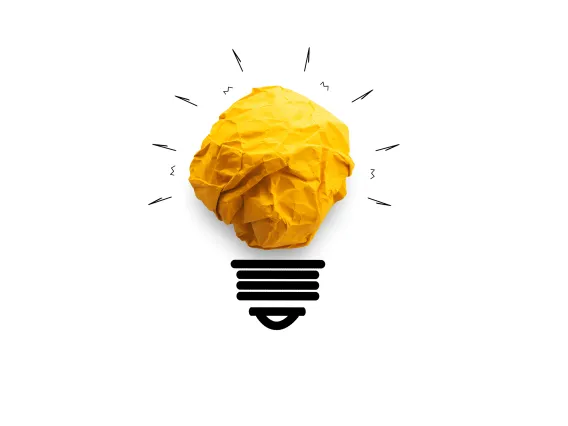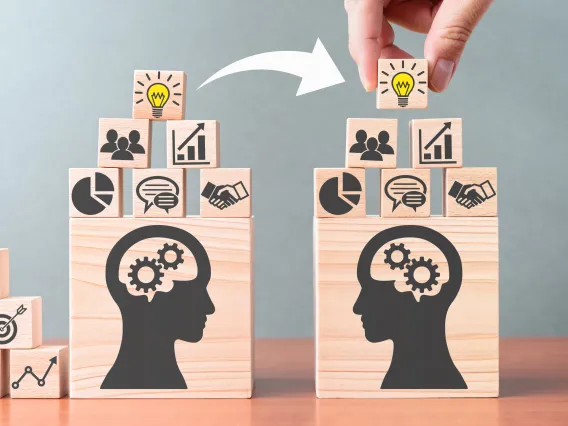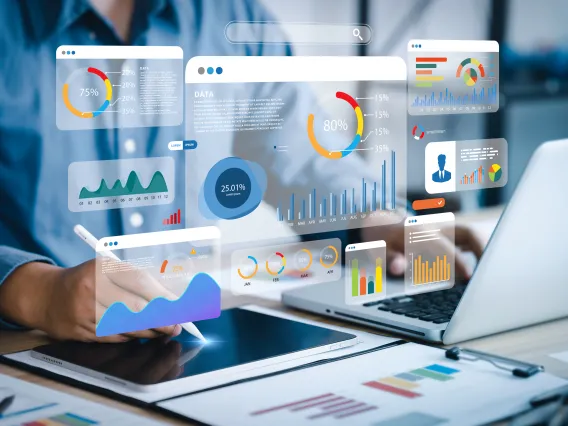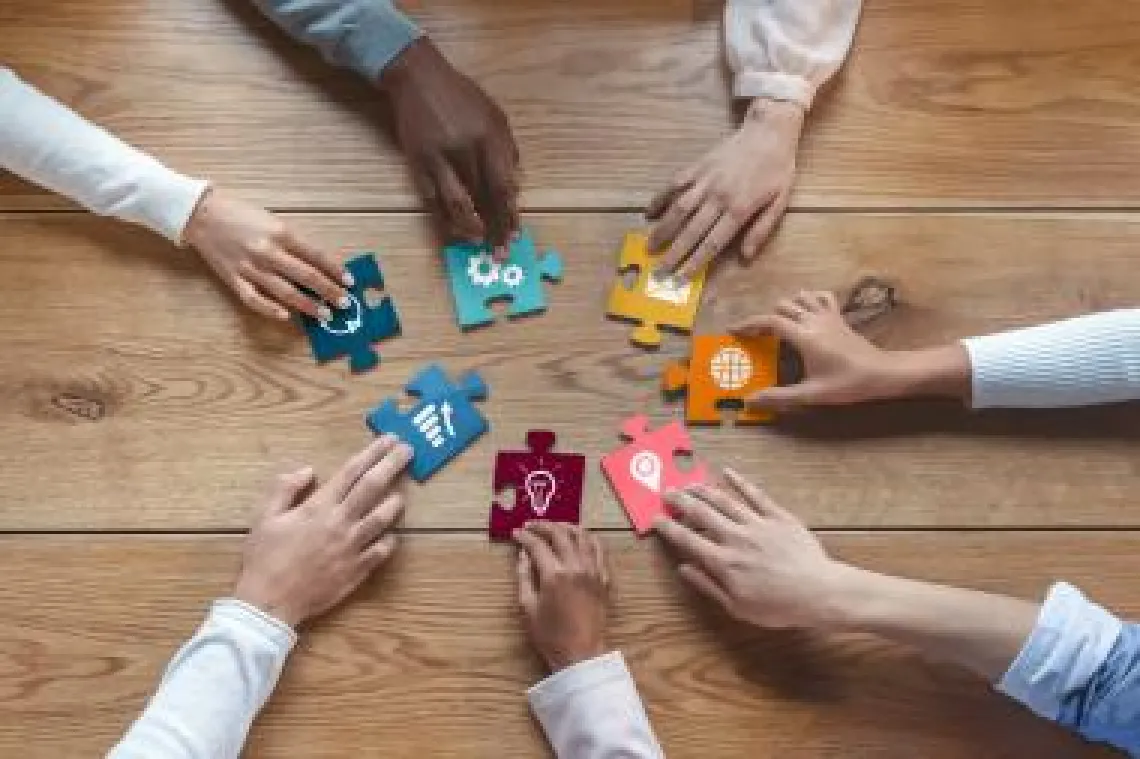
ePortfolios are a wonderful way to engage students, instructors, and community members in the learning process.
Why use ePortfolios?
ePortfolios have become increasingly useful in Higher Education and were established in 2008 as a High Impact Practice (AAC&U). There are many types including, learning ePortfolios, career ePortfolios, showcase ePortfolios, etc. They provide a wide range of opportunities for students to explore their learning, connect ideas, and communicate those ideas to a variety of real-life audiences. ePortfolios are an essential part of the University of Arizona curriculum and the student experience. Students create ePortfolios in General Education, Foundations Writing, and major/degree programs -- as well as study abroad and other extracurriculars. Additionally, below includes a wide range of why ePortfolios are useful and what they can provide students.

Metacognition
Metacognition is "thinking about thinking." It helps students understand their cognitive processes, think through weaknesses and strengths, and self-regulate their learning. Metacognition is a useful strategy for identifying personal learning goals, transferring knowledge and processes to future contexts, and adaptation towards learning strategies. Eportfolios aid in metacognition by providing students a space to pause and reflect on learning and how to transfer it to future contexts. It also helps connect learning experiences and prior thinking to career and professional goals.

Growth Mindset
Growth mindset is the idea that intelligence/learning is not fixed but can be developed. Growth mindset allows students to see potential in their learning and moments of struggles or obstacles as useful for their future goals, as opposed to those with a "fixed mindset" who have difficulty. Growth mindset can help students handle challenges more effectively. Eportfolios help with growth mindset by encouraging students to see learning as a process and practice rather than "fixed." It allows for reflection and the ability to present learning meaningfully.

Self-Assessment
Self-assessment is when students assess their own learning. It helps faculty understand what students are learning, builds critically reflective teaching, and students make meaningful connections between assignments and learning. Learning eportfolios are useful for self-assessment because they allow students to perform a summative assessment of their work and also the materials curated help teachers understand what activities are most impactful for students.

Transfer
Transfer is the ability to identify how knowledge in one context will work in a new and future contexts. It's a way for students to see knowledge as relevant, helping their future goals, and build on future goals. Eportfolios aid in transfer by helping students connect prior learning to future contexts. Additionally, in the creation of career portfolios students are transferring their learning from classes and communicating its significance to their professional goals.
Video: "What is Transfer of Learning and How Does it Help Students" (3:35min)

Digital Literacy
Digital literacy is defined by The American Library Association (ALA) as “the ability to use information and communication technologies to find, evaluate, create, and communicate information, requiring both cognitive and technical skills.” These skills are especially useful for students entering into the job market currently. Eportfolios help students practice with technology in a low-stakes environment and also find content that helps communicate learning through the use of digital tools.

Digital Identity
Digital identity encompasses the choices we make online that reveal aspects of our personality, goals, and ways of thinking. Our identity shifts as we move from social media, our online courses, LinkedIn, etc. The choices we make can include color, language, images, music, etc. ePortfolios are a useful way for people to identify the identity they want showcased online and when/where those choices are most appropriate.
Video: Ted Talk "Identity in a Digital Age" (10min)

Further Resources
There are many additional resources to help you get excited about ePortfolios and to further support your development of practices and pedagogies.
College Communication and Composition "Principles and Practices for Online Portfolios"
